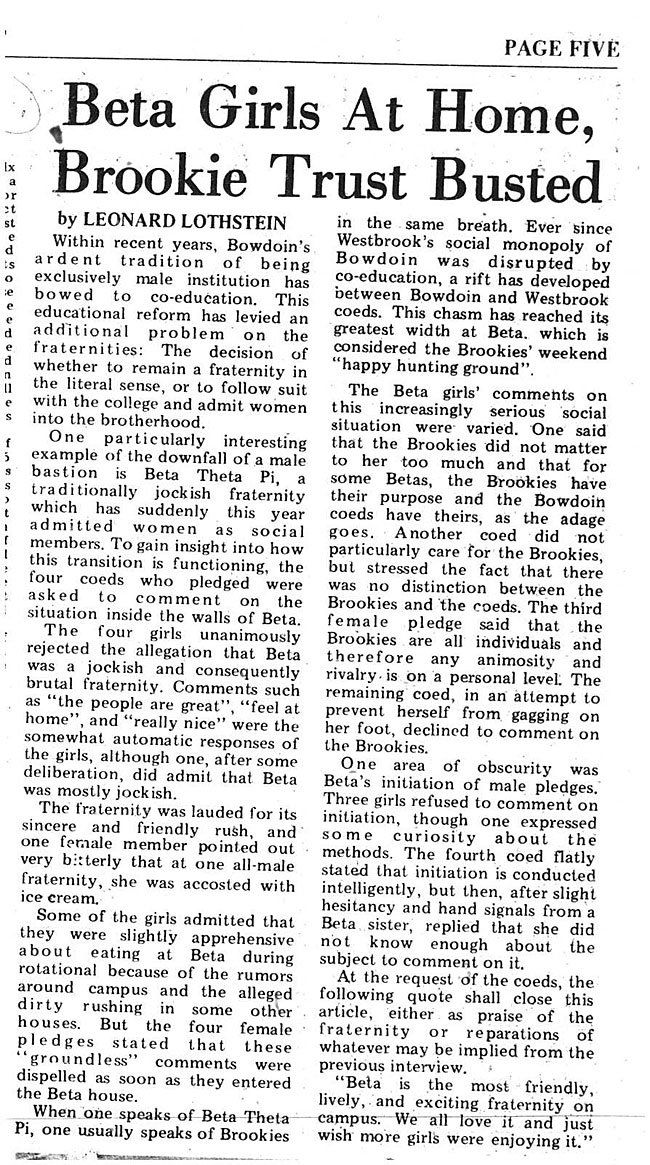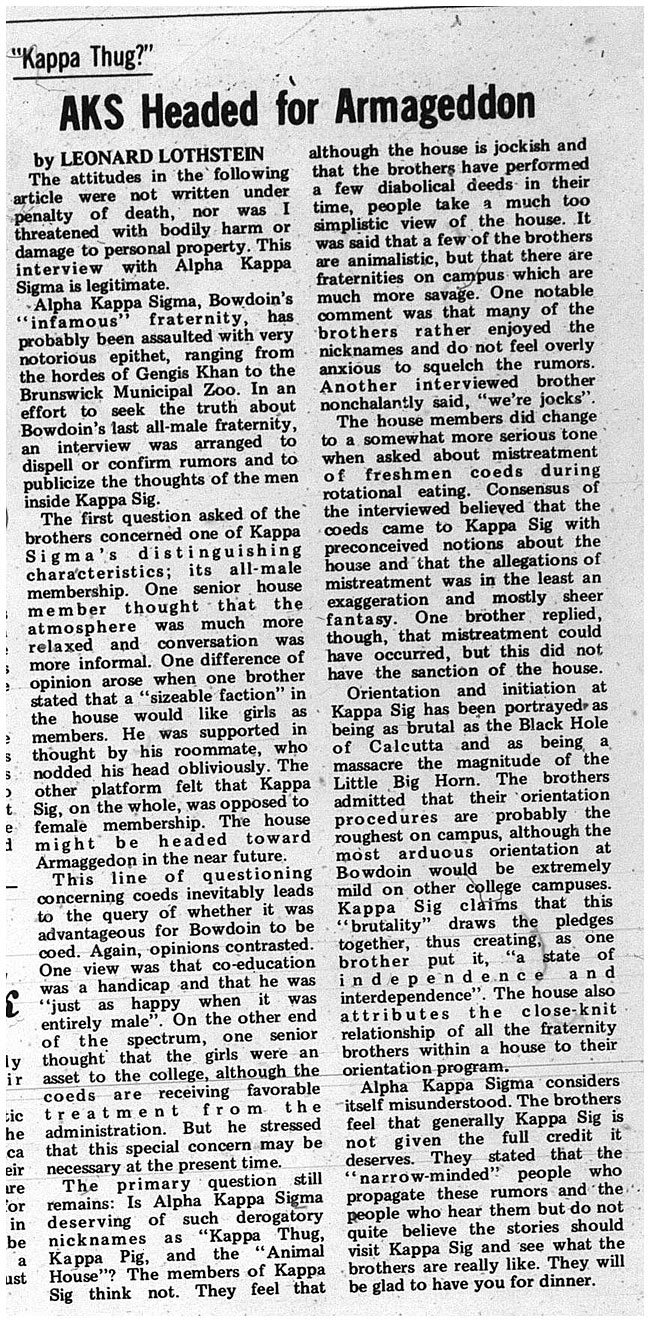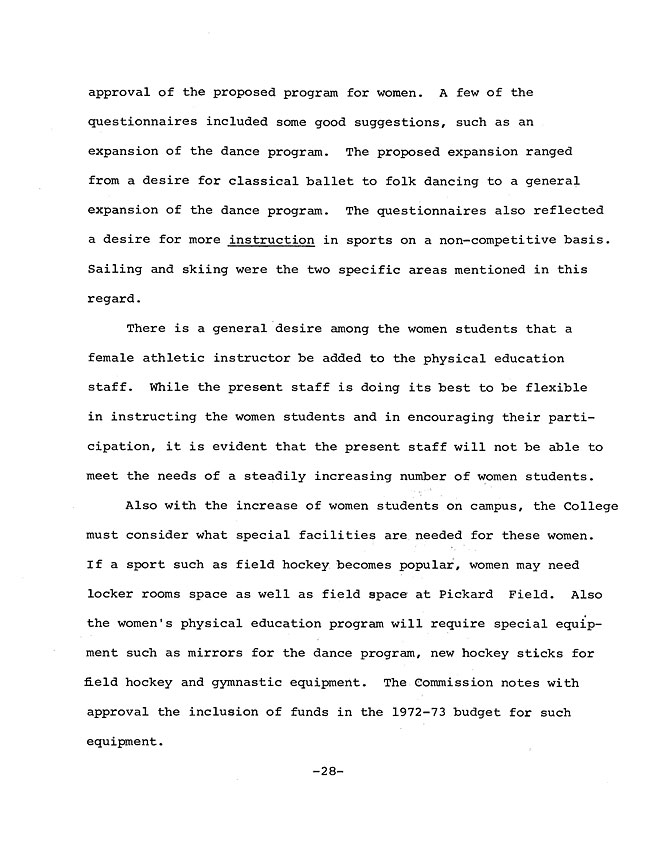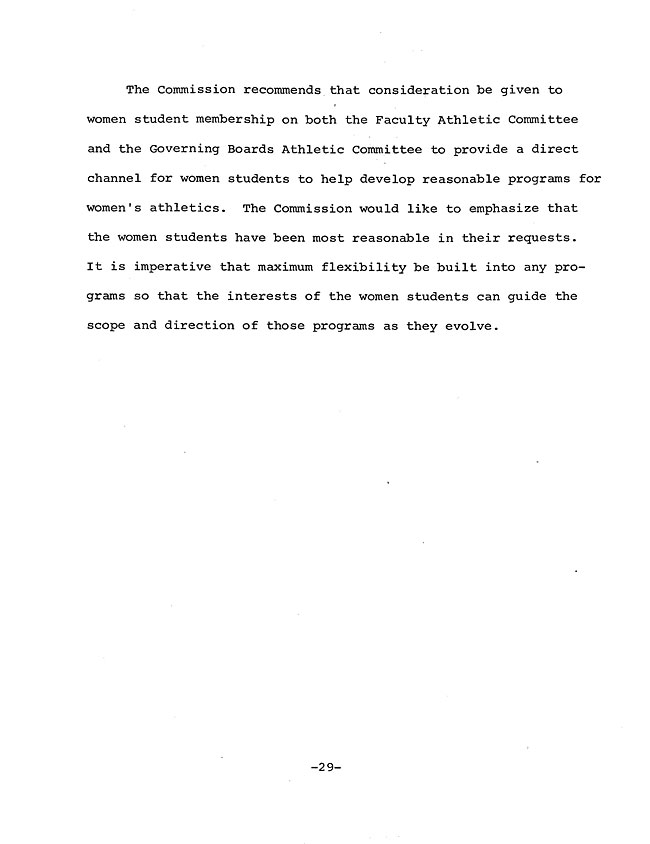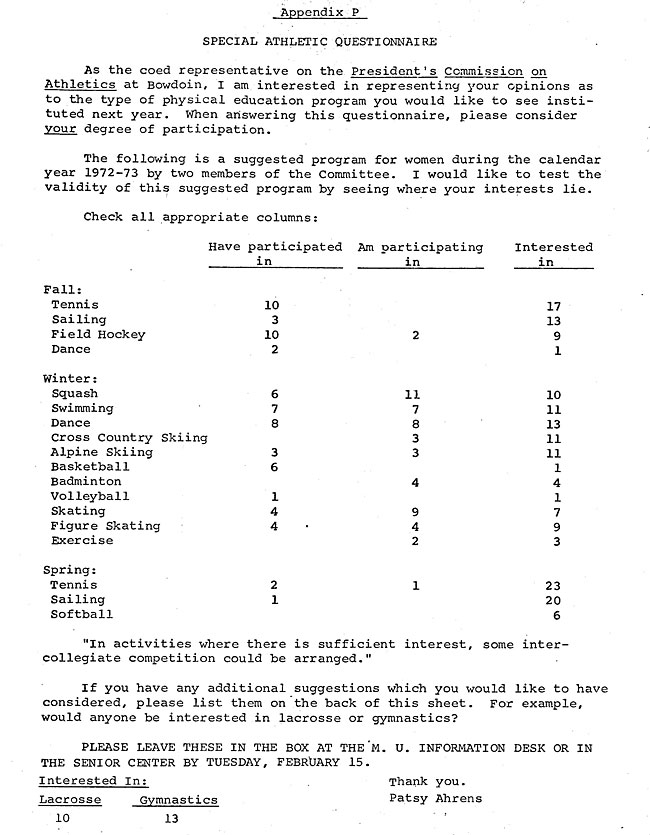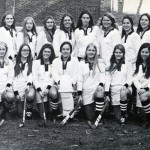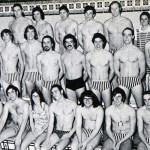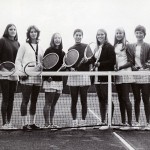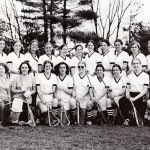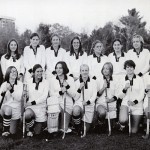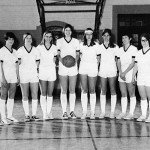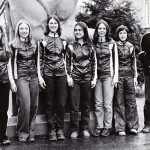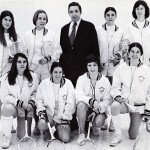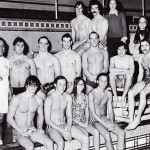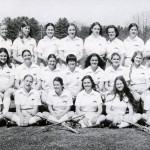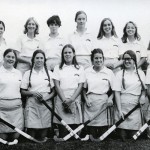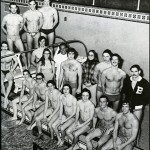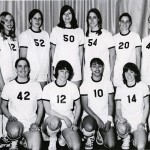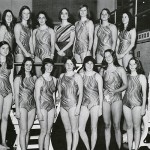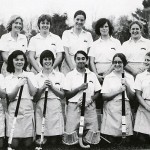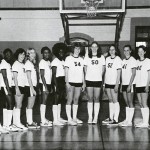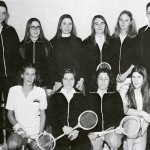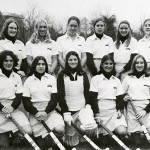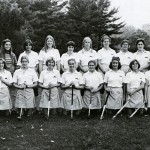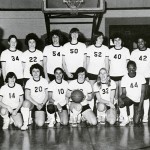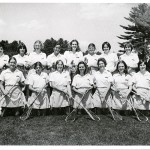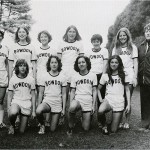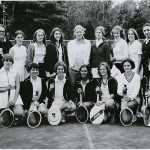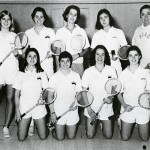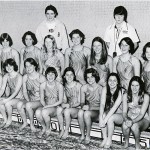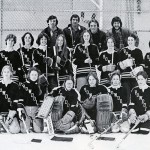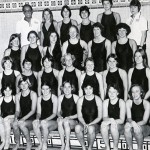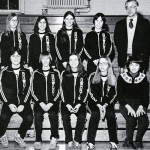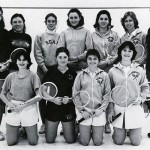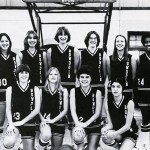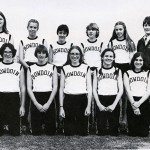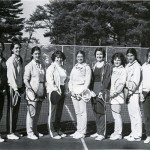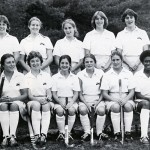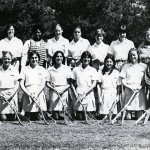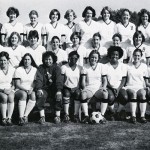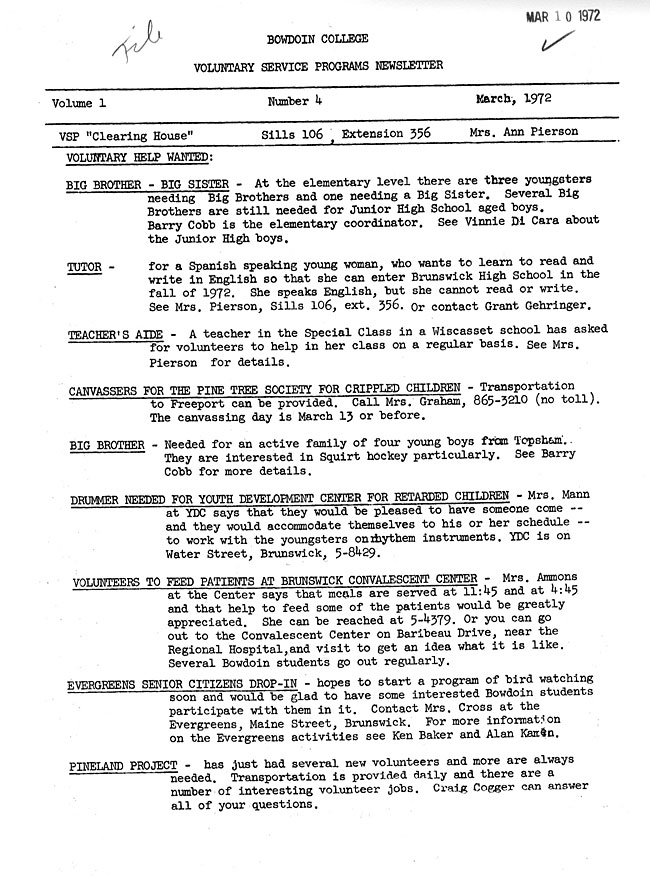Prior to coeducation, Bowdoin men often socialized with women from Westbrook College, located in Portland, Maine. The Westbrook women, known as Brookies, were not always well respected, and Westbrook College was given negative labels that included “Bowdoin’s Bedroom.”
This article appeared in the October 9, 1972 issue of The Bowdoin Orient, Bowdoin’s weekly newspaper (Document SS, 46). It reflects the transitional period that the college was in, as Bowdoin men began to socialize less with women from the community and more with their female peers on campus. It describes the process of including four female pledges in the Beta Theta Pi house, “a traditionally jockish fraternity.” The women rejected claims and rumors that the Betas were unwelcoming towards Bowdoin women. The Orient quotes the women saying, “‘the people are great,’ [they]‘feel at home,’ and [the men are] ‘really nice.’”
The article also details the feelings the four pledges had about the Brookies. There was certainly the potential for conflict, as Bowdoin’s female students were searching for their place on campus and the Brookies were Bowdoin men’s traditional social. The Bowdoin women’s responses ranged from stating that the Brookies presence did not matter, to saying that the Brookies were their equals, to dismissing the Brookies. One woman chose not to comment. These responses show that the early Bowdoin women faced numerous challenges in the Bowdoin social scene.
